- Home
- Articles
- Architectural Portfolio
- Architectral Presentation
- Inspirational Stories
- Architecture News
- Visualization
- BIM Industry
- Facade Design
- Parametric Design
- Career
- Landscape Architecture
- Construction
- Artificial Intelligence
- Sketching
- Design Softwares
- Diagrams
- Writing
- Architectural Tips
- Sustainability
- Courses
- Concept
- Technology
- History & Heritage
- Future of Architecture
- Guides & How-To
- Projects
- Interior Design
- Competitions
- Jobs
- Store
- Tools
- More
- Home
- Articles
- Architectural Portfolio
- Architectral Presentation
- Inspirational Stories
- Architecture News
- Visualization
- BIM Industry
- Facade Design
- Parametric Design
- Career
- Landscape Architecture
- Construction
- Artificial Intelligence
- Sketching
- Design Softwares
- Diagrams
- Writing
- Architectural Tips
- Sustainability
- Courses
- Concept
- Technology
- History & Heritage
- Future of Architecture
- Guides & How-To
- Projects
- Interior Design
- Competitions
- Jobs
- Store
- Tools
- More
Harmony in Design: Blending Modern Architecture with Traditional Gardens
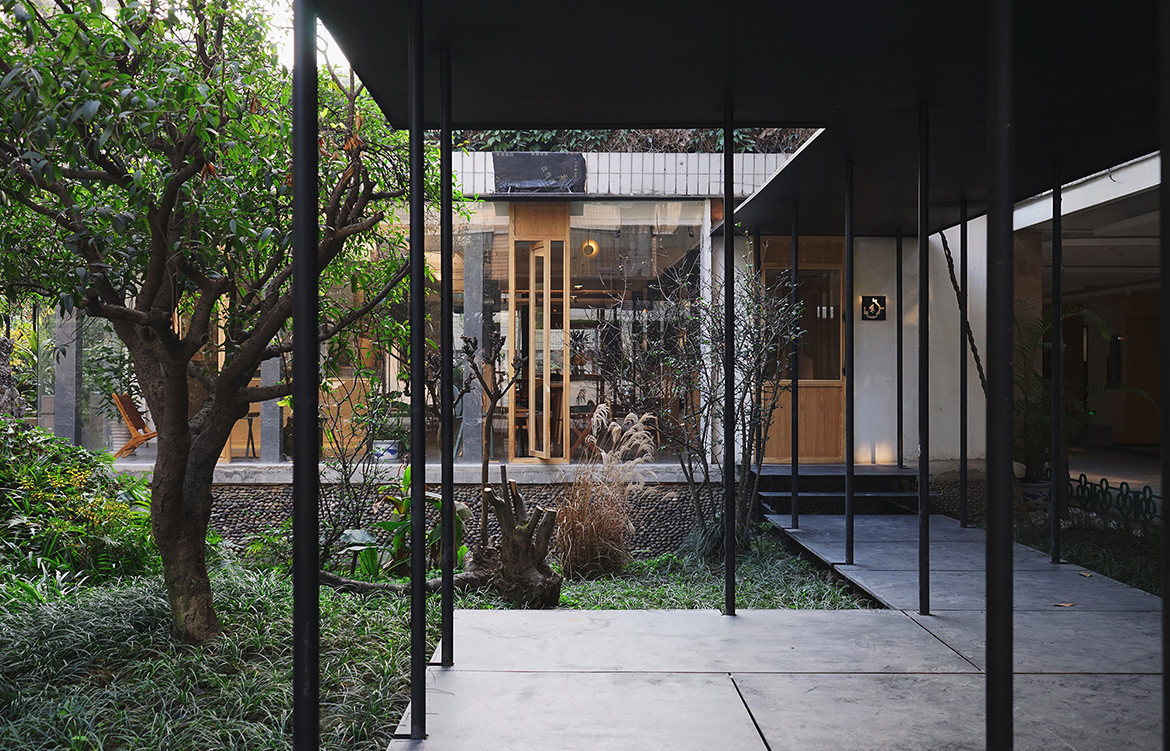
In the ever-evolving world of design, the integration of modern architecture with traditional gardens has emerged as a creative and sustainable approach to urban development. This fusion not only pays homage to the cultural and historical significance of traditional gardens but also introduces innovative techniques and materials characteristic of modern architecture. The result is a harmonious blend that offers a tranquil oasis in the midst of urban landscapes.

Table of Contents
ToggleHistorical Roots and Modern Innovations
Traditional gardens, with their deep historical roots, have long been spaces of tranquility and natural beauty. They are characterized by meticulous designs that reflect cultural values and philosophies, such as the Japanese Zen gardens which embody simplicity and serenity, or the formal, symmetrical layouts of French Baroque gardens. In contrast, modern architecture, with its emphasis on minimalism, functionality, and the use of new materials like glass and steel, seeks to break away from conventional forms and push the boundaries of design.
The challenge and beauty of blending these two distinct styles lie in respecting the essence of traditional gardens while incorporating the clean lines and innovative structures of modern architecture. Architects and landscape designers are finding ways to integrate natural elements into building designs, such as green roofs, living walls, and indoor courtyards, creating a seamless transition between the built environment and nature.
Examples of Harmonious Blends
Examples of this harmonious blend can be seen in various projects around the world. The Morikami Museum and Japanese Gardens in Florida is one such instance where modern museum buildings are set amidst meticulously maintained Japanese gardens, creating a space that is both culturally rich and architecturally contemporary. Another example is the Sky Garden in London, which features a lush, landscaped garden in a futuristic skyscraper, offering panoramic views of the city along with a peaceful green retreat.

Sustainability and Urban Well-being
This blend of modern architecture and traditional gardens is not only aesthetically pleasing but also plays a crucial role in promoting sustainability and enhancing urban well-being. Green spaces within urban areas help in reducing the heat island effect, improving air quality, and providing habitats for wildlife. They also offer city dwellers a much-needed connection to nature, contributing to mental health and community cohesion.
Urban Green Spaces: Cities around the world are increasingly recognizing the importance of green spaces for the physical and mental well-being of their residents. Examples include Central Park in New York City, the Royal Botanic Gardens in Melbourne, and the Tiergarten in Berlin. These parks provide a natural oasis in the heart of the city, offering residents a place to relax, exercise, and connect with nature. They also improve air quality, reduce urban heat islands, and provide habitats for wildlife.
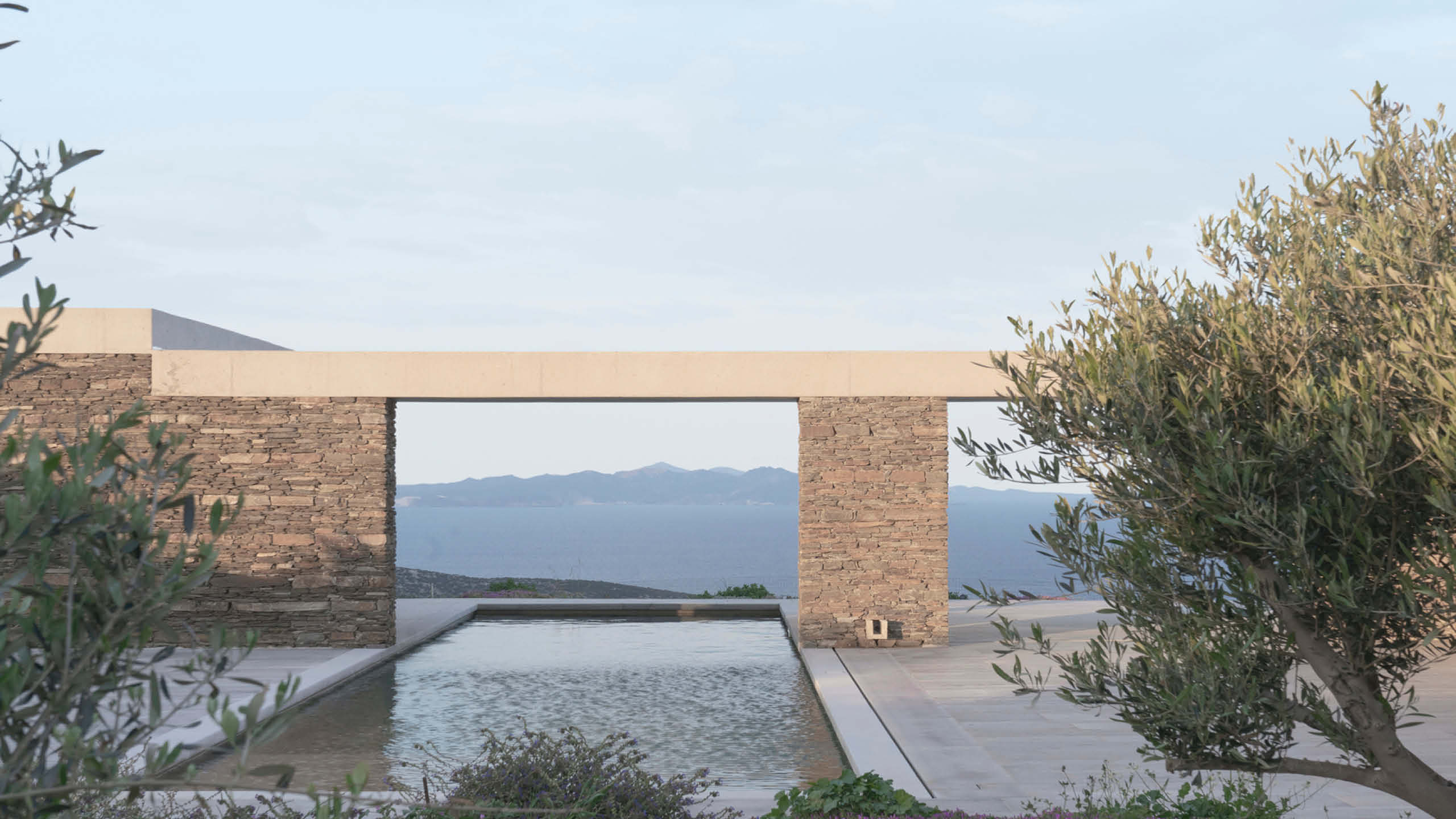
Community Gardens and Urban Farming: Urban agriculture initiatives, such as community gardens and rooftop farms, have become increasingly popular in cities. These projects not only provide fresh, locally-grown produce but also foster community engagement and education about sustainable food practices. Examples include the Prinzessinnengärten in Berlin and the Brooklyn Grange in New York City. These gardens and farms often host workshops and community events, promoting social interaction and a sense of community among urban dwellers.
Active Transportation Infrastructure: Many cities are investing in infrastructure that supports active transportation, such as cycling and walking. This includes the development of dedicated bike lanes, pedestrian zones, and improved public transit options. For example, Copenhagen’s extensive bicycle infrastructure, the High Line in New York City (a linear park built on a historic freight rail line), and the pedestrian-friendly streets of Barcelona’s Superblocks project. These initiatives encourage physical activity, reduce traffic congestion and air pollution, and enhance the overall livability of urban environments.
Educational and Cultural Importance
Moreover, these spaces serve as educational and cultural hubs, helping to foster a deeper understanding and appreciation of different architectural styles and garden traditions from around the world. They become places where history and innovation converge, telling stories of the past while embracing the future.
The blend of modern architecture and traditional gardens is a testament to the power of creative design in bridging the old and the new. It represents a thoughtful approach to urban development, one that respects history and culture while embracing innovation and sustainability. As cities continue to grow and evolve, this harmonious blend offers a blueprint for creating spaces that are both beautiful and beneficial to the urban environment and its inhabitants.

Submit your architectural projects
Follow these steps for submission your project. Submission FormLatest Posts
Transform Your Garden with Artificial Turf Austin Solutions
Transforming your garden with artificial turf can be a game-changer, especially if...
What You Really Need to Create a Beautiful Yard
A beautiful yard is more than just an outdoor space, it’s a...
Housing NOW by Blue Temple
Housing NOW by Blue Temple in Myanmar is a modular bamboo housing...
How to Choose the Right LED Grow Light for Your Indoor Garden
For indoor growers, it can be the difference between healthy, vibrant plants...


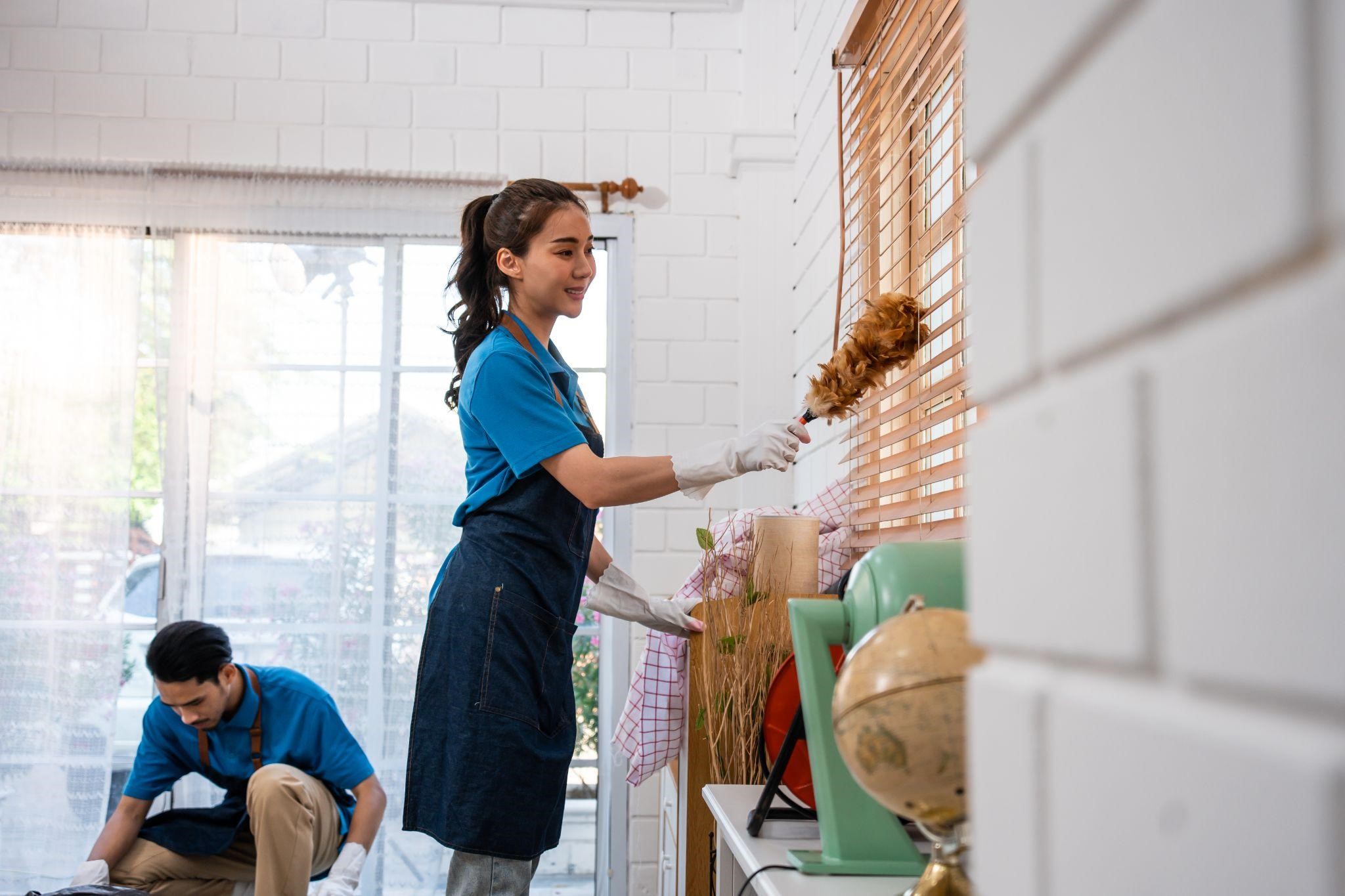


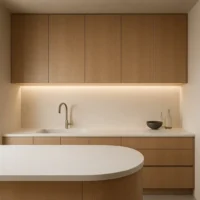
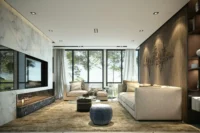


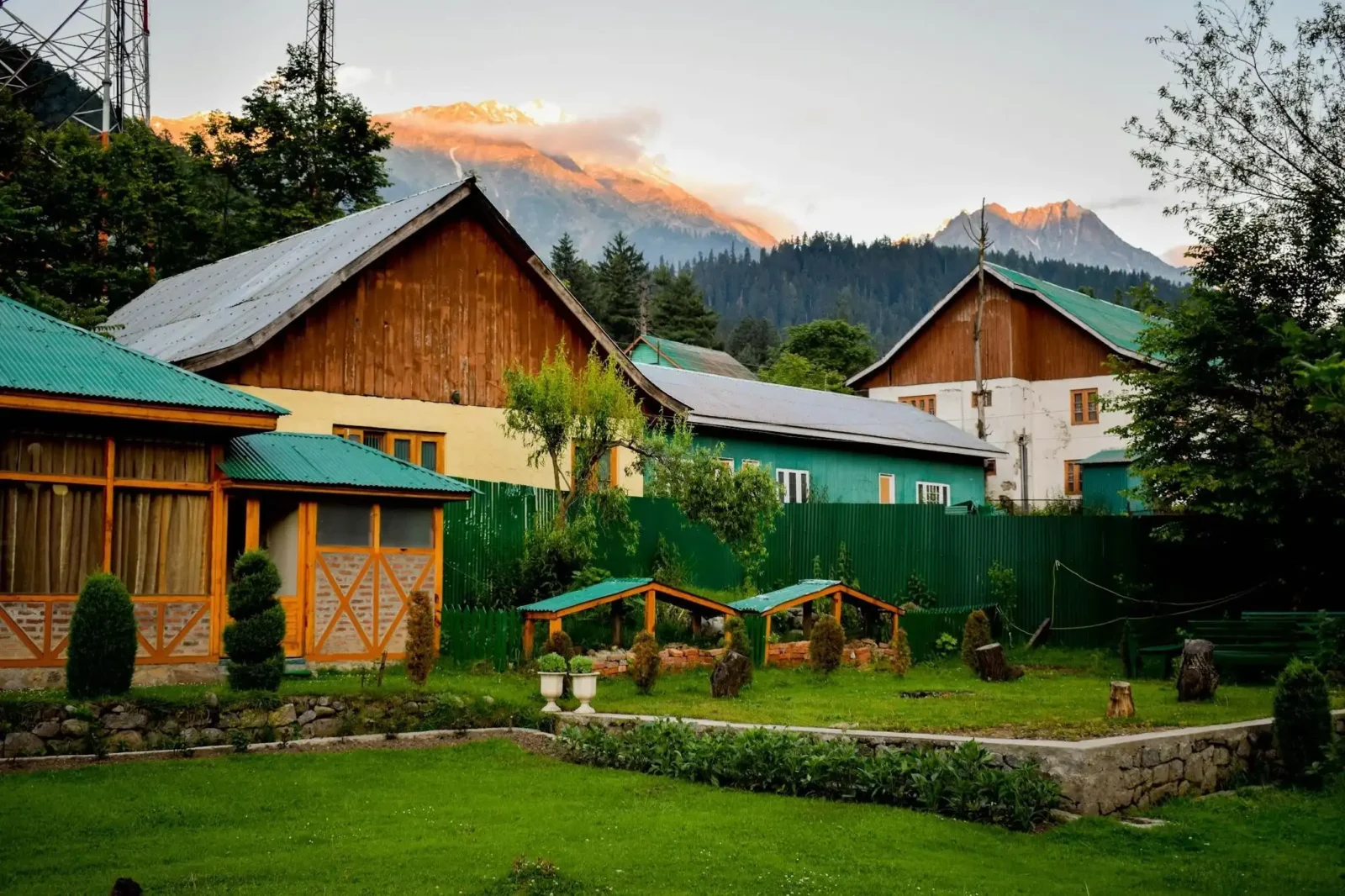


Leave a comment